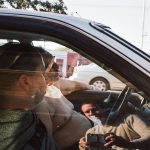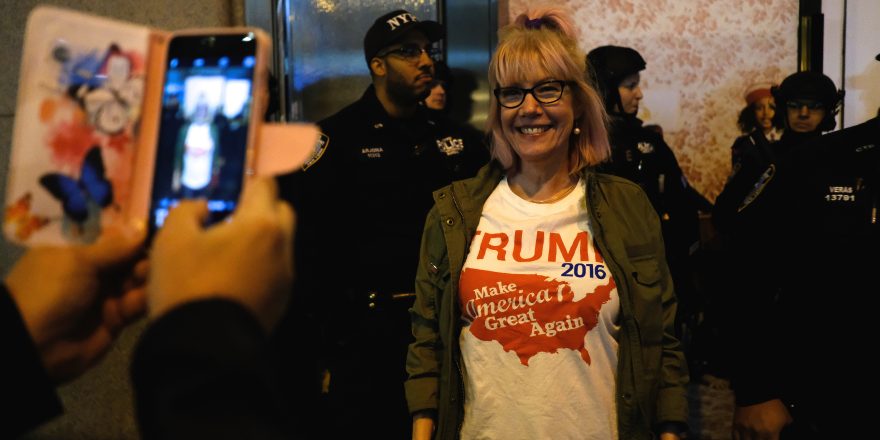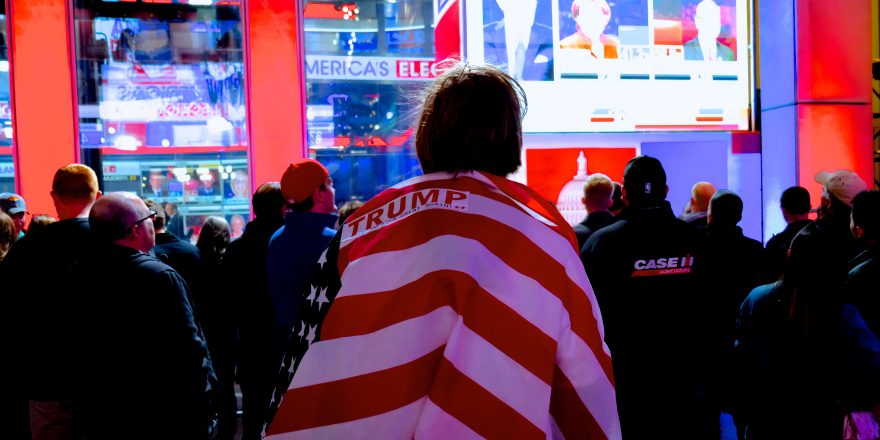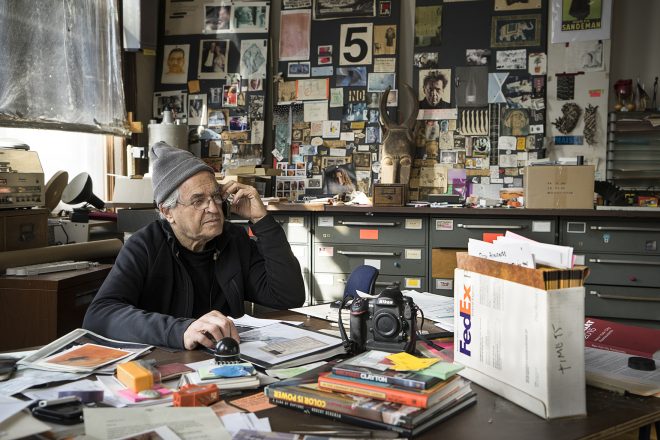A few years ago, I came home from work to find my bedroom completely flooded. My floor was two inches under water and suddenly I was no longer feeling so clever about all the money I’d saved by never buying a bed frame. My mattress, flopped on the floor, was sopping wet. Los Angeles, for all its redeeming qualities, is not a place that handles heavy rain well.
Not long after that, I rented a place in Atwater Village, a neighborhood in East Los Angeles wedged right between the Los Angeles River and the train tracks. My first week there, I met a buddy for coffee. We were walking down the sidewalk, getting our bearings in the neighborhood, when a guy in dirty jeans and a T-shirt came flying past us. This guy was not out getting in some pre-holiday steps, he was piss-pants terrified. Turning around to see what he was running from, we saw a large man with an L.A. Dodgers tattoo on his face walking briskly, a Louisville Slugger in his hands. He marched past us and turned the corner after the first guy, who may very well no longer walk amongst us. It was at this moment I knew I had made the right choice of neighborhood … this place was going to keep my full attention.
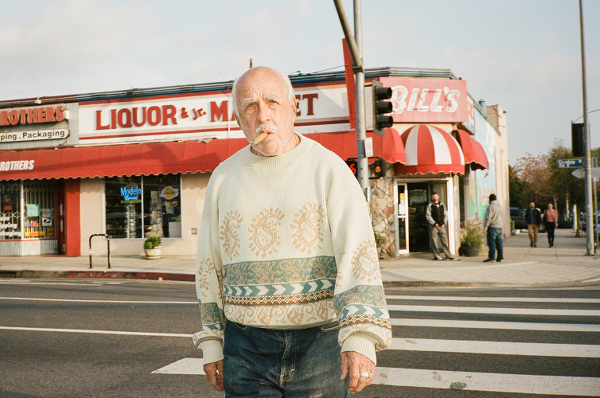
I was going through a breakup around that time, and to take my mind off things I was spending a lot of time with my childhood friend Carl McLaughin in Chatsworth. Chatsworth is a neighborhood on the outer edge of the San Fernando Valley with horse ranches and a country music bar where, when I was 21, my aunt taught me how to two-step. (Later that night, I made out with a 40-year-old hospice nurse who was there with some friends after a shift. She had good stories about the people she took care of, but they always ended with them eventually dying on her.) Carl had an old boxer dog named Lou, who we’d take on walks late at night. Carl would bring his tripod, a 35 mm camera and a cooler of beer, and he’d take beautiful shots of Chatsworth which he’d then develop in his kitchen. While he was busy with that, I’d flip through the photo books he had laying out on his coffee table.
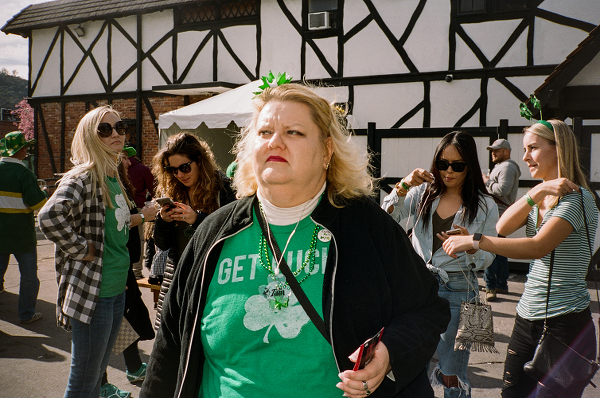
I had no idea photo books could tell stories just like a film could. In that moment, I wasn’t as excited about making my own films – I didn’t have the same drive as when I first started – so discovering these books was refreshing. They had all the elements I loved about my favorite documentaries, but also something that felt new to me. A good photo book really works hard to create a mood and a feeling, to communicate something visually rather than have a talking head explain it to you. I became interested in how selecting and pairing together certain images made them much stronger than they would be on their own. I fell in love with Mike Brodie’s A Period of Juvenile Prosperity, which follows a few different people as they hop trains, sleep by the tracks and eventually end up at a squat house. I’ve flipped through it at least a hundred times, mostly while listening to a Neil Young or Townes Van Zandt album. Looking through books like that got me excited about making work again. Some of my favorite writers and filmmakers write what they know, and that’s the approach I took with my own photo book, Heading to Bill’s for Cigarettes. I wanted to document the people and surroundings of my neighborhood, so I picked up a little point-and-shoot 35 mm camera and brought it with me whenever I left my place.
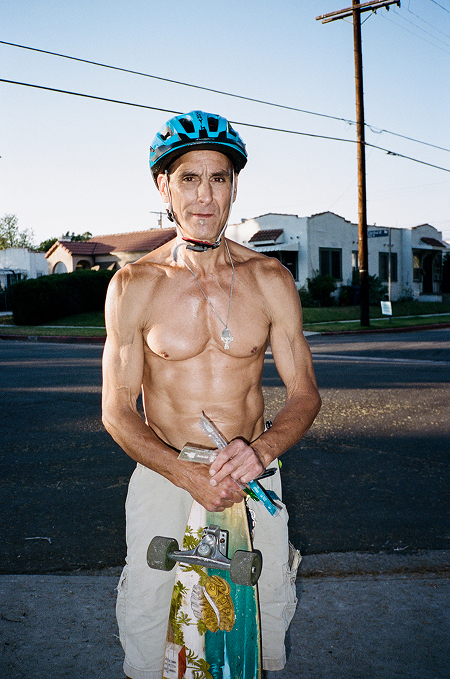
During the time I shot the photos in my book, I was editing other people’s documentaries, working with filmmakers like Davy Rothbart and Ben Berman on their projects. I was staring at screens all day, and the last thing I wanted to do after work was go home and look at another screen, so I decided to take some time away from my phone and computer. I wasn’t killing it financially during this period of my life, but I’d discovered you could get free audiobooks from the public library, so I’d download an audiobook and take long walks around the neighborhood. Rule of the Bone by Russell Banks was my favorite book to listen to while walking around. It follows Bone, a 13-year-old who runs away from home to live with bikers; after a fire at the bikers’ house makes everyone think he’s dead, he splits town and gets into some wild situations. The book is like a modern-day take on Huck Finn and always put me in the right mood for the type of moments I was looking for. Some of the people I’d see around the neighborhood, folks who live on the islands in the Los Angeles River and head up into Atwater to get supplies, food and liquor, feel like they’re straight out of a Mark Twain story.
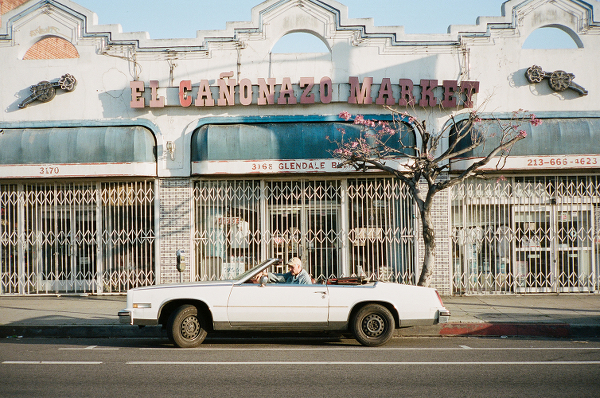
The same faces kept popping up, and after a while I got to know who lived in the area. Maybe I just have one of those approachable faces that the heavy-hearted are drawn to, but usually they were up for talking my ear off about something. I’m always surprised by what people want to get off their chests. The other day, my 50-year-old neighbor Giuseppe was telling me he thinks his landlord is poisoning him – putting poison in the water, poison in the ketchup, poison in the mustard. He was certain. He stopped drinking the water inside the house and just started drinking water from the hose out back, but continued to feel sick. It’s possible he’s being poisoned … or it might just be the cheeseburger diet he’s on. That came out later. It turns out he loves cheeseburgers, will usually eat one or two every day and can’t get enough of them. Even if I didn’t have a camera to take Giuseppe’s photo, I’d still enjoy being part of that moment with him. People constantly surprise me, and that’s really at the heart of why I make films and take photos. This world just keeps giving.
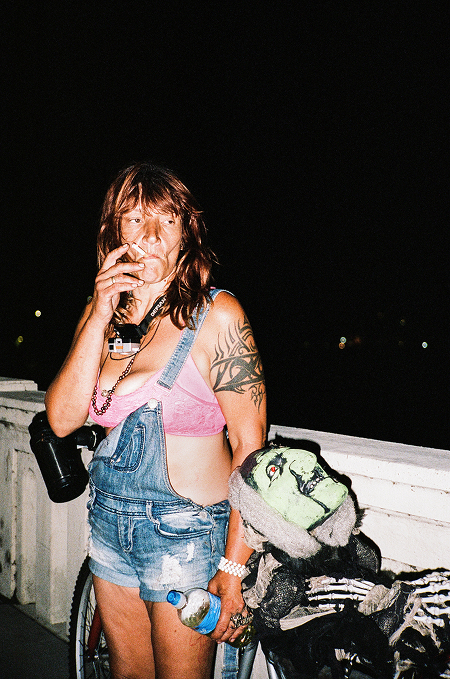
Every time I leave my house, I see something that makes me look twice. A lady doing yoga on the median … a woman exiting the market with an armful of rakes, eating an ice cream cone … a Coke machine inside a shopping cart tied up by the Los Angeles River. There’s always something going on. A few months ago, on my way to Hugo’s Tacos to get breakfast, I passed a lady with puke all over the front of her sweatshirt. After I took her photo, I started talking with her and she came along with me to get something to eat. As we sat there eating, she told me she was just going through a rough time and was no longer able to afford her apartment since losing her job. (Rent here is criminal; if you have a difficult few months and don’t have someone to help you out, my heart goes out to you.) She’d been living down by the river for about six months, and was worried about the rain that was supposed to be coming in. As we finished up, she mentioned she had enough crack for two, and that it was so nice of me to buy her breakfast, that if I wanted to head towards the river and join her, I was welcome. I didn’t have anything going on that day, but lied and said I had some work to do. I walked off thinking maybe I should have taken her up on her offer to take a load off and smoke a little crack down by the river. I really had absolutely nothing going on. Maybe next time.
All images by Jason Tippet.




